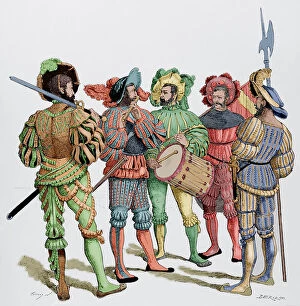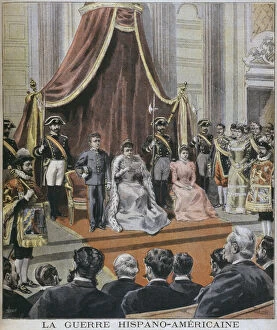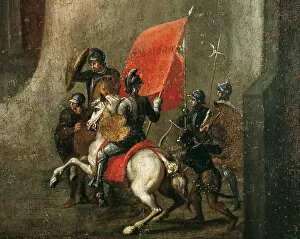Halbard Collection
The halberd, a weapon of choice for mercenary soldiers like the Landsknechte, holds a rich historical significance
All Professionally Made to Order for Quick Shipping
The halberd, a weapon of choice for mercenary soldiers like the Landsknechte, holds a rich historical significance. It witnessed poignant moments such as Margaret Roper bidding farewell to her father, Sir Thomas More, on the Tower Wharf in an engraving that captures their emotional bond. In another engraving from 1559 titled "Justice, " we see the halberd symbolizing authority and power. However, not all depictions are serene; some reveal darker chapters of history. A wood engraving portrays English Protestants being drowned by Irish Catholics during the Irish Rebellion of 1641. This haunting image serves as a reminder of religious conflicts that stained our past. Moving forward in time, we witness the Spanish-American war through an intriguing scene where Queen Isabella reads her message to the Cortes in Madrid. The halberdiers surrounding her represent protection and loyalty. In Eighteenth Century Parisian Troops' depiction, watchmen and archers don ceremonial attire with halberds at their side—a display of grandeur and tradition within military ranks. Trade cards featuring chromolitho images further emphasize the cultural impact of this weapon throughout different eras. Additionally, carved wood showcases an officer of Musketeers wielding a halberd with finesse in 1638. Lastly, we glimpse into King Henri IV's reign with a view of his royal castle in Pau—an emblematic location where he left his mark on France's history while surrounded by loyal guards armed with halberds. These glimpses into artistry and historical events highlight how the halberd played its part across centuries—whether as a symbol of familial love or political power—leaving an indelible mark on our collective memory.


















